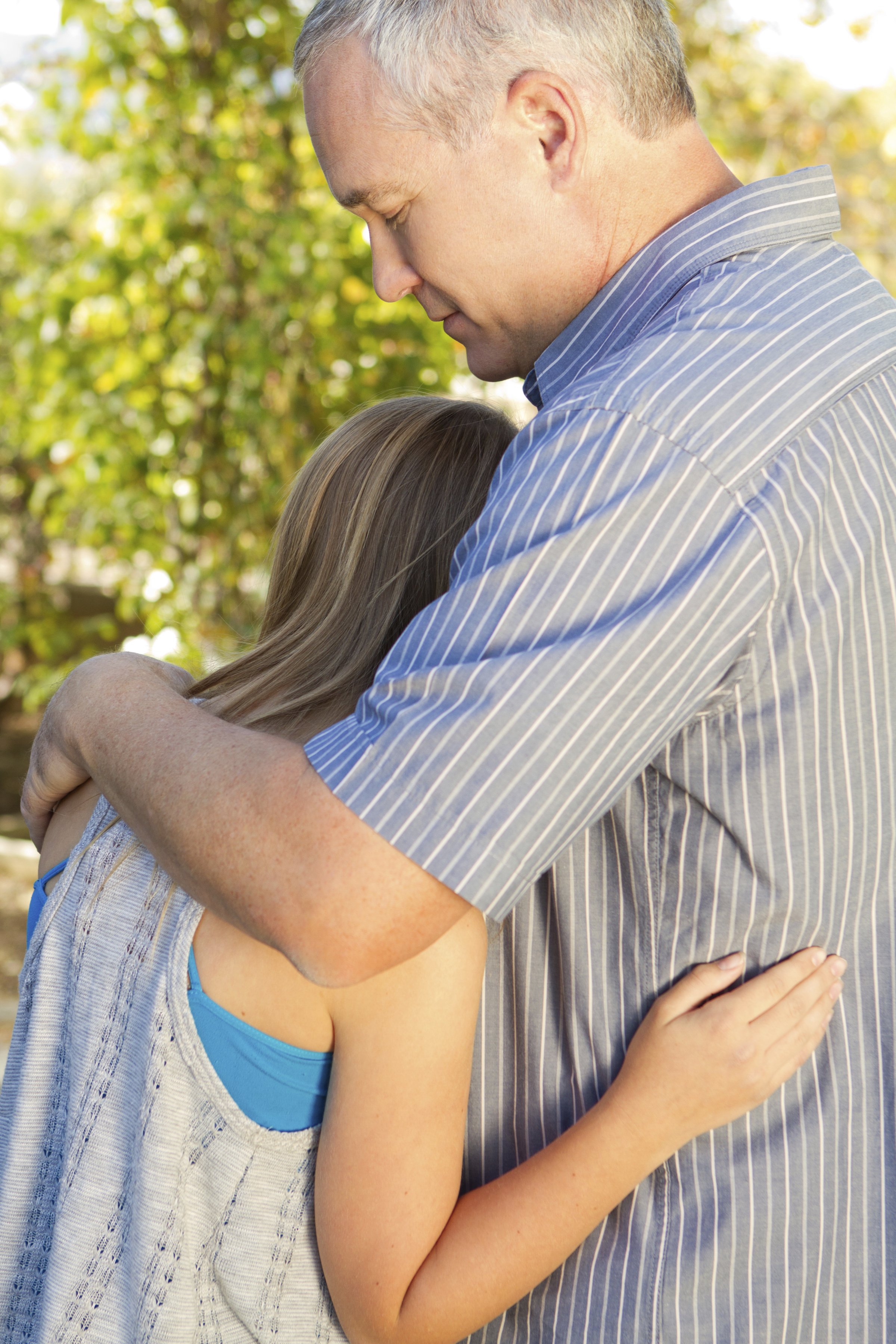
Every night, at dinner tables around the country, parents ask their kids the same question: “How was school?” We’re about to find out how millions of American youth feel about their school day. On April 9, the Yale Center for Emotional Intelligence and Born This Way Foundation invited high school students across the United States to go online to declare how they feel while they’re in school. And how they’d like to feel.
Why does it matter how kids feel during the school day? A child’s day is a roller coaster of emotions. And sadly, many of the feelings are unpleasant.
A growing body of research highlights the importance of how kids feel and how they manage those feelings, or not. Emotions drive attention, learning, memory, and decision-making. They affect relationships and psychological well-being. Learning to handle emotions well is especially important in adolescence, a time when neural networks are being sculpted that will influence behavior patterns for life.
But American youth, especially teens, are not in good emotional shape. They feel mostly “bored and checked out” at school, according to adolescence scholar Larry Steinberg. Academically, they are underachieving when compared to youth in other developed nations. And their mental health is declining. During the school year, their stress has edged beyond that of adults, according to a survey of the American Psychological Association last year. They rank in the bottom quarter among other developed nations on measures of well-being, life-satisfaction, and relationship quality, according to a recent UNICEF study.
Emotional skills can be taught, and some schools have adopted programs to do just that. The Collaborative for Academic, Social, and Emotional Learning, the nation’s leading organization advancing this cause, says that children should have five core emotion competencies: self-awareness, self-management, social awareness, relationship skills, and responsible decision making. Teaching kids about their feelings can mean the difference between whether a personal setback becomes chronic failure or strengthens resolve, whether a disagreement with a friend festers into anger or is navigated gracefully, whether the intellectual insight is fanned or extinguished.
Schools that have adopted social-and-emotional-learning (SEL) programs are seeing the difference: An analysis of 213 such programs showed that, if evidence-based and well-taught, they can improve students’ emotional skills, prosocial behaviors and relationships with others, and attitudes about school. In addition, behavior problems are reduced, and students make modest gains in academic achievement. And 93% of teachers indicated in a survey that they want SEL training in their schools. Programs have been successful in diverse settings: rural and urban areas, independent and public schools, poor neighborhoods and affluent ones. A cost-benefit analysis released last month from Columbia University concluded that every dollar spent teaching an SEL program yielded an $11 savings through benefits such as reduced aggression and violence, substance abuse, delinquency, better mental health, and better academic performance.
But the funding to support SEL programs and the policies to guide them are slow to come. Several federal bills are pending that would mandate and provide the funding for SEL programs and teacher training. A few states, including Illinois, Kansas, Pennsylvania, and West Virginia, are beginning to move ahead on their own.
“What will it take to get the Department of Education to take our children’s feelings seriously?” asked Marc Brackett, Director of the Yale Center for Emotional Intelligence, of federal health and education leaders in Washington DC during a recent conference on reducing violence in American schools. The answer: Pressure from the bottom up.
Now, students across the United States are poised to apply that pressure. In April’s online survey, the largest of its kind to date, youth will tell the nation and its lawmakers how they feel and how they want to feel in school. The results will be revealed at a special summit for teens called “The Emotion Revolution” in October. By late autumn, we’ll have a detailed geographic map of youths’ feelings. Then it will be up to all of us — policymakers, communities, schools of education and schools themselves, and youth — to begin to close the “feelings gap” for our nation’s children.
Diana Divecha, Ph.D., is a developmental psychologist and research affiliate of the Yale Center for Emotional Intelligence. Robin Stern, Ph.D. is associate director of the Yale Center for Emotional Intelligence and a psychoanalyst. They are both OpEd Project Public Voices Fellows.
More Must-Reads from TIME
- Donald Trump Is TIME's 2024 Person of the Year
- Why We Chose Trump as Person of the Year
- Is Intermittent Fasting Good or Bad for You?
- The 100 Must-Read Books of 2024
- The 20 Best Christmas TV Episodes
- Column: If Optimism Feels Ridiculous Now, Try Hope
- The Future of Climate Action Is Trade Policy
- Merle Bombardieri Is Helping People Make the Baby Decision
Contact us at letters@time.com